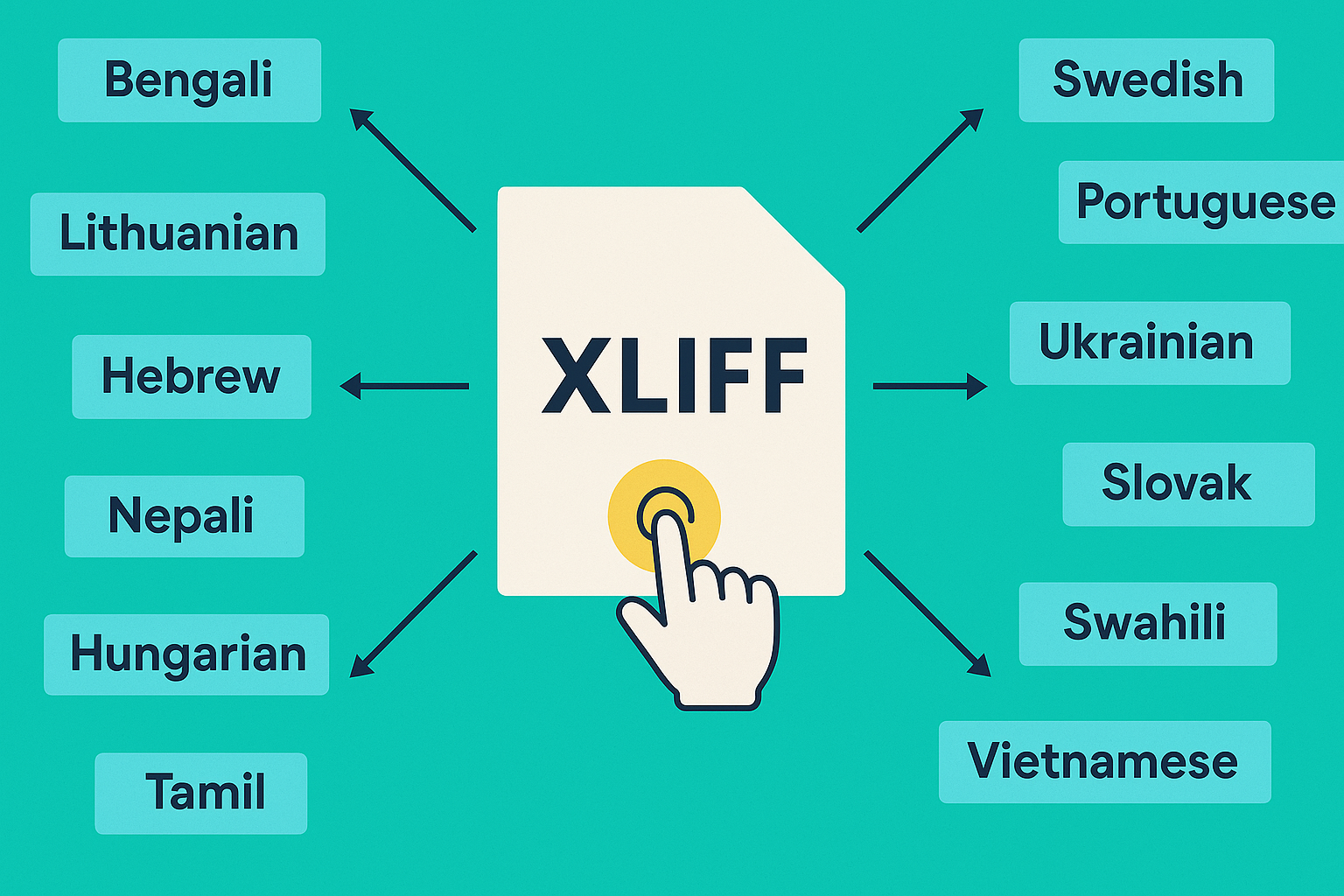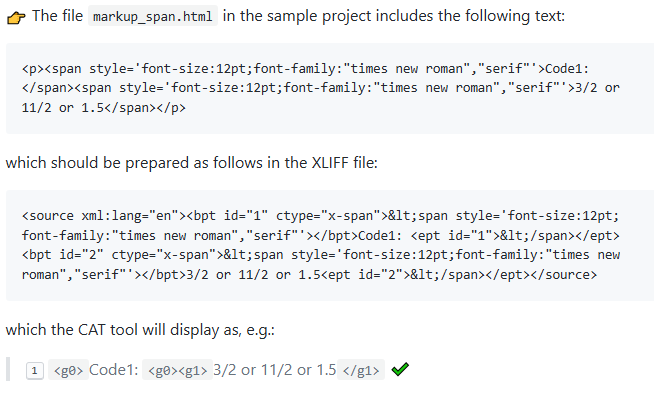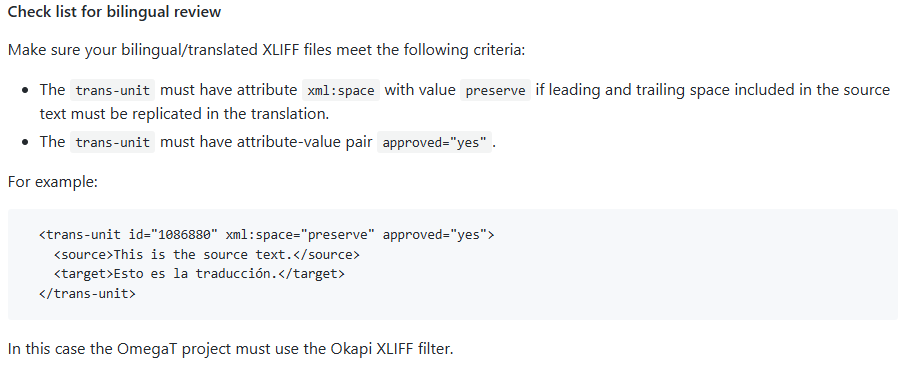
Ensuring Translation Quality Through Better XLIFF Preparation
When managing localization workflows, the format and structure of files sent for translation can make or break the efficiency and quality of the final product. For content packaged in XLIFF (XML Localization Interchange File Format)—a widely used standard for exchanging translatable content between tools—ensuring proper file preparation is essential.
What is XLIFF?
XLIFF is an XML-based format designed to facilitate the seamless exchange of translation data between content creation systems and translation tools (CAT tools). It contains not only the translatable text but also metadata, formatting, and context that help preserve the integrity of the content during translation.
Why Proper File Preparation Matters
When XLIFF files are poorly structured—such as containing fragmented segments, excessive inline tags, or inconsistent use of markup—it leads to inefficiencies, increased costs, and higher risk of errors in translation.
Best Practices for XLIFF File Preparation
Here are some key principles that can significantly improve the quality of translations and the translator experience:
1. Ensure Coherent Segmentation
Each segment in an XLIFF file should ideally correspond to a full, meaningful unit—typically a complete sentence or logical phrase. Arbitrary or inconsistent segmentation, especially across line breaks or tags, disrupts linguistic flow and complicates translator decisions.
2. Handle Inline Tags with Care
XLIFF uses inline tags to preserve formatting or markup (e.g., bold, italics, hyperlinks). Overuse or misplacement can confuse translators and lead to formatting errors.
These tags should:
- be minimal and meaningful.
- follow logical patterns across similar segments.

3. Encode Special Characters Correctly
Characters like ampersands (&) or less-than signs (<) should be correctly encoded to prevent display issues in the translated content.
Inconsistent or incorrect encoding can cause failures in both translation tools and final output rendering.
4. Simplify Markup Whenever Possible
Avoid wrapping content in unnecessary or overly complex XML structures. Overcomplicated markup adds processing overhead and increases the likelihood of structural inconsistencies or misinterpretation by CAT tools.
5. Use Robust and Compatible Tools
Using tools that support XLIFF natively (like OmegaT, memoQ, SDL Trados, or others) ensures compatibility and preserves structural integrity. These tools can also highlight issues such as tag mismatches or segmentation anomalies before translation begins.

Common Pitfalls to Avoid
- Over-segmentation: Breaking sentences across multiple segments can disrupt the flow and meaning of the content.
- Tag overuse: Excessive inline formatting increases cognitive load for linguists and raises the risk of output errors.
- Poor placeholder management: If variables or placeholders (e.g., %USERNAME%) aren’t clearly marked or protected, they can be altered or mistranslated.
- Lack of context or comments: Without sufficient metadata or developer comments, translators may misinterpret ambiguous content.
Final Thought: Translation-Ready XLIFF Starts with Good Preparation
The difference between a streamlined translation process and one plagued by inefficiencies often lies in the quality of the files being translated. By applying these best practices when preparing XLIFF files, you improve both the translation quality and the overall timeline of your localization projects.
The cApStAn Advantage
At cApStAn, we specialize in auditing, validating, and preparing XLIFF content for high-stakes translation workflows. Our expertise ensures that your files are translator-friendly, CAT-tool compatible, and optimized for linguistic and technical accuracy.
To learn more about XLIFF, do not hesitate to write us on hermes@capstan.be or in the form below.
Also learn about:
Quality Estimation (AIQE), A New Paradigm
References
- See https://okapiframework.org/wiki/index.php?title=Rainbow ⏎
- See http://docs.oasis-open.org/xliff/xliff-core/xliff-core.html ⏎
- XML schema: https://docs.oasis-open.org/xliff/v1.2/os/xliff-core-1.2-strict.xsd ⏎
- The XLIFF checker can be downloaded from https://www.maxprograms.com/products/xliffchecker.html ⏎